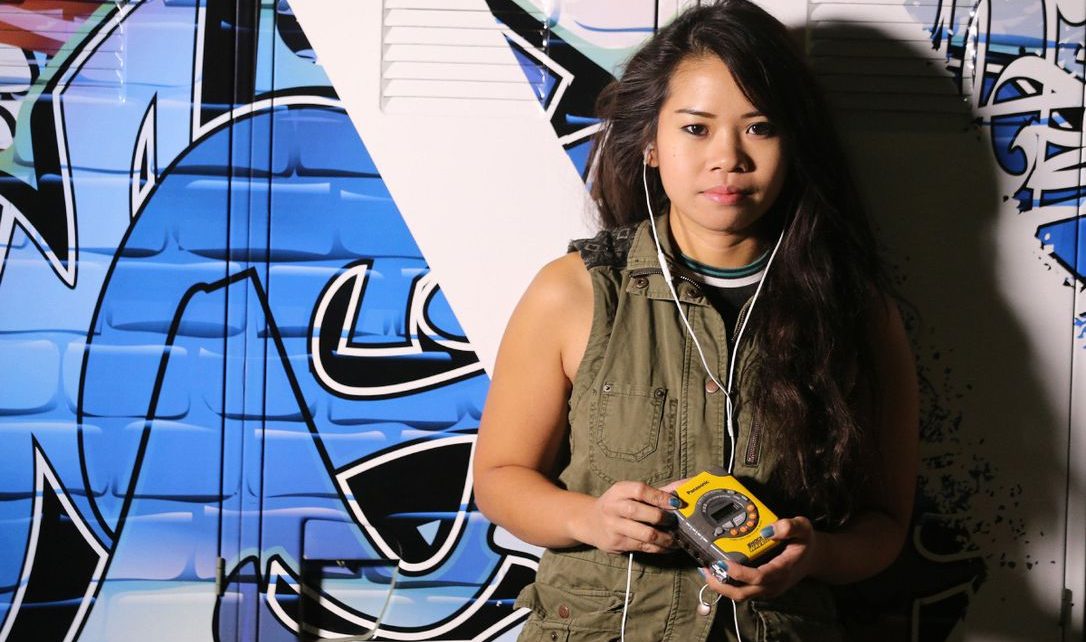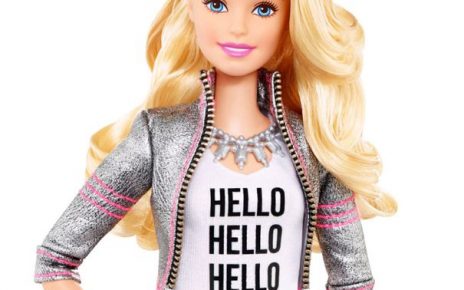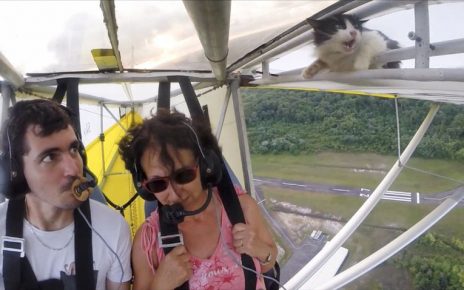By Ofelia LegaspiSpecial to the Star
Fri., Nov. 13, 2015
I’m a Millennial and I’m lucky. I was born in 1984, right on the cusp of the tech takeover.
I recall text-commanded DOS computers, the grating sound of dial-up Internet and the advent of the first clunky cellphones the size of cordless receivers.
/https://www.thestar.com/content/dam/thestar/life/2015/11/13/how-i-survived-my-two-week-digital-diet/main-image.jpg)
It didn’t take long, though, until kids in my generation could pass as digital natives. I’m just as susceptible to cringeworthy over-sharing and posting life-affirming stream of selfies on Instagram or Facebook as the Generation Z.
I know my digital distractions have encroached on my down time, which was one dedicated to creativity — reading and writing poetry and fiction. Instead of people-watching on the bus and scribbling on my notebook in my long commute home from York University to Scarborough, I found myself mindlessly scrolling through social media.
I joined a movement inspired by Michael Harris’s new book The End of Absence: Reclaiming what We’ve Lost in a World of Constant Connection. Harris challenges our generation to usher quiet moments back into our lives. For two weeks, I resolved to ditch digital, rediscover dreaming and make deeper social connections in the flesh.
Article Continued Below
/https://www.thestar.com/content/dam/thestar/life/2015/11/13/how-i-survived-my-two-week-digital-diet/payphone.jpg)
As a first step, I sat down with an estranged writing implement — a blue ball-point pen (so corporeal) and, in my underused cursive, wrote down my prescription for eliminating my digital diet. The list included the following: Use my smartphone for phone calls only. Quit Google. Send snail mail. Hunt down a pay phone and use it. Get voicemail. Bring back the Walkman.
Fighting the Google gravity
A man walks into a bar without a smartphone. It’s nothing to joke about. The poor guy would have a serious impediment, unable to outsource his drunk inquiries to Siri or Google. I experienced this firsthand when out drinking with my friend Jason and my boyfriend Graeme, discussing topics ranging from a Chris Lehmann article in The Baffler to Bernie Sanders to a Wolf Parade song. Graeme started a “Don’t Do It” tally on a napkin, counting how many times I tried to reach for my phone to Google. Tally: six times in one hour. In hindsight, the exercise could’ve made for a really nice drinking game.
Article Continued Below
When it was time to use the cellphone for its core function — actually making a phone call — I couldn’t get up the courage to dial. The thought of having to engage in inane chit-chat to invite someone to a housewarming felt like a mammoth task. Things went downhill from there. I thought myself enlightened when the idea struck me to send snail mail invites. In my dysfunctional, regressive and millennial way, I “inboxed” my friends on Facebook requesting they email me their addresses so I could mail them physical invitations. So, that’s a partial win, I guess.
/https://www.thestar.com/content/dam/thestar/life/2015/11/13/how-i-survived-my-two-week-digital-diet/walkman.jpg)
When I finally got up the nerve to make a phone call, my phone was running out of juice. I needed to reschedule plans with Graeme that night so I quickly memorized his number from my phone’s directory and used a pay phone. Graeme didn’t recognize the number on his caller ID, ignored the call and that was that. I ticked this task off my list of analog duties.
Undeterred, I signed up for an $8 voicemail addition to my cellphone plan. Yet all of my callers hung up without leaving a message, save for my parents and one friend who found my outgoing message funny. (“Please don’t hang up. Humour me and leave a message.”)
Since I use my phone for music, too, I knew I had to dig into my junk drawer for my old Walkman and Discman. On my first commute home, I head-bopped ever so gently to the loud Phantom Beats stabilizer remix to avoid making the Discman skip. Frustrated, I reverted even further to my Walkman. I delighted in flipping my cassette tape to Side B as the younger people gawked and baby boomers lit up with nostalgia. It’s curious how the delicate Discman followed the Walkman, a superior and more portable device that would never skip or scratch and where you could record at the push of a button.
Since I deprived myself of social media, I had to live in the immediate world. Without the convenience of my Twitter feed live-streaming the Perseid meteor shower that month, I had to see it for myself outdoors with my closest friends. Instead of the usual Netflix binge on the couch inhaling takeout pizza, Graeme and I opted for Shakespeare in High Park: plopped on the grass eating a homemade picnic and watching Julius Caesar. These face-to-face connections during my analog time were deeper, richer and just downright more fun.
/https://www.thestar.com/content/dam/thestar/life/2015/11/13/how-i-survived-my-two-week-digital-diet/samsung-s5.jpg)
Plugging back in
When my two weeks were up, I ended my experiment by upgrading my no-longer-smart smartphone to a Samsung S5. Yep, I did.
The truth is, we live in a fast-paced, multi-tasking world. I take more photos now with my 16-megapixel camera phone than ever before. It’s the one thing I truly missed about the cellphone: the convenience of being able to document life photographically.
So I’m snapping selfies and there’s no going back.
TOP STORIES, DELIVERED TO YOUR INBOX.
NEW NEWSLETTERHEADLINES






